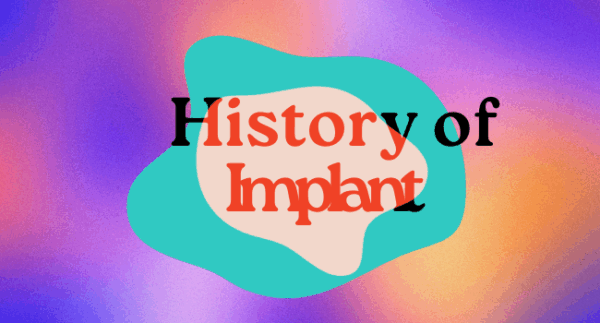Contraceptive Pearl: IUD and Uterine Abnormalities
Providers may wonder whether or not uterine abnormalities, like fibroids, cervical stenosis, or congenital anomalies would preclude IUD use. For questions like this, the US Medical Eligibility Criteria (US MEC), published by the CDC, is a good resource to turn to.
Uterine Fibroids: Category 2-A condition for which the advantages of using the method generally outweigh the theoretical or proven risks. A systematic review of IUD use among women with uterine fibroids showed improvement in hemoglobin, hematocrit, and ferritin, although a higher rate of expulsion of the device.
Distorted Uterine Cavity (any congenital or acquired uterine abnormality distorting the uterine cavity in a manner that is incompatible with IUD insertion): Category 4-A condition that represents an unacceptable health risk if the contraceptive method is used.
Other Abnormalities (including cervical stenosis or cervical lacerations) not distorting the uterine cavity or interfering with IUD insertion: Category 2.
Of note, no mention is made of an upper limit to uterine size for IUD placement (in the US MEC and package inserts of copper or LNG devices). There is not enough evidence to evaluate IUD safety or efficacy for patients with a didelphic uterus.
The bottom line is: if an IUD can be inserted successfully, it can be used by a patient with a uterine disorder.
Resources
US MEC – Classifications for Intrauterine Devices
RHAP Medical Eligibility Criteria for Initiating Contraception Chart
Sources
Intrauterine Device Use Among Women with Uterine Fibroids: A Systematic Review
Levonorgestrel Intrauterine System (IUS) In a Patient With Uterine Didelphys: A Case Report
Pharma-free
The Reproductive Health Access Project does not accept funding from pharmaceutical companies. We do not promote specific brands of medication or contraception. The information in the Contraceptive Pearls is unbiased, based on science alone.

